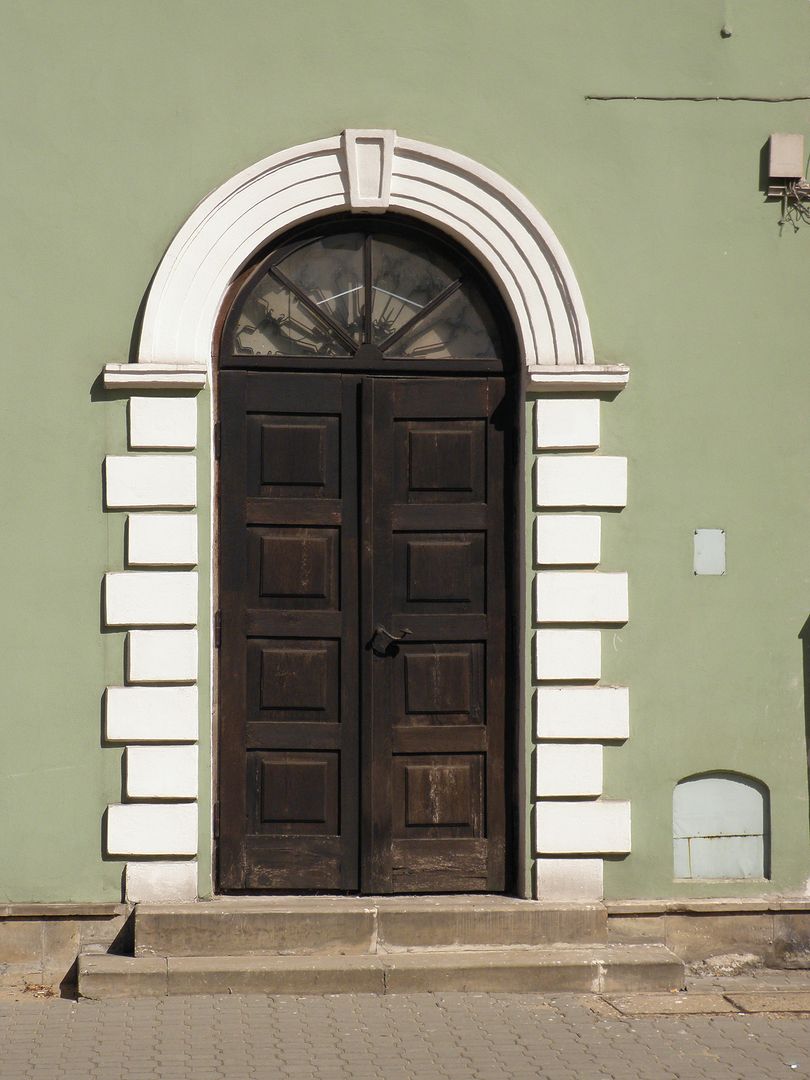Goose House in Radom
6.44

Overview
Goose House, located in Radom at 4 Market Square on the northern frontage, is the oldest preserved bourgeois townhouse in the city. It was built in the 17th century on the order of Stanisław (or Adam) Gąska, a lay judge, city councilor, and baker who came from Opoczno. The building is a single-story, three-bay structure, and its facade is crowned with a two-story volute gable, pilasters, and a triangular pediment, which are significant architectural features. A single-flight staircase is located in the side hallway.
The building's history is rich with interesting events, including a tradition that Swedish King Charles X Gustav stayed there twice during the Swedish Deluge. In the 18th century, the building housed an apothecary run by the Italian Christian Valentino, and from 1818 to 1819, it served as the city hall offices. At the turn of the 20th century, Goose House operated as a beer depot. After World War II, the building was taken over by the state and underwent a major renovation between 1953 and 1955, which gave it its current facade appearance. In the 1950s, the reconstruction of the neighboring Esterka House was modeled after Goose House.
From 1975 to 1990, the building served as the Bureau of Art Exhibitions, and from 1990 to 2018, it housed the Museum of Contemporary Art, a branch of the Jacek Malczewski Museum in Radom. Goose House is listed in the register of monuments of the National Heritage Institute under the numbers: 36 (June 23, 1947), 753 (May 5, 1972), and 197/A/83 (April 14, 1983). This site is an important landmark on Radom's cultural map, combining a rich architectural and social history.
Location
State
Masovian Voivodeship
Country
2025 Wizytor | All Rights Reserved